In the world of cultural heritage conservation, scientists and conservators are increasingly turning to advanced acoustic techniques to uncover hidden damage in ancient bronze artifacts. One groundbreaking method involves analyzing the resonance frequencies of these historical objects to detect minute cracks and structural weaknesses that might otherwise remain invisible to traditional inspection methods.
The technique works on a simple but profound principle: every object vibrates at its own natural frequencies when struck or excited by sound waves. For bronze vessels, bells, and sculptures that have survived centuries or millennia, these vibrational patterns contain crucial information about their structural integrity. When a bronze artifact develops cracks - whether from age, improper handling, or environmental stress - its resonance profile changes in predictable ways that sophisticated equipment can measure.
Conservation laboratories now employ specialized microphones and vibration sensors that can detect frequency shifts as subtle as 0.1%. The process begins by creating a baseline acoustic signature for an undamaged bronze object of similar type and period. Researchers then compare this reference profile with readings taken from the artifact in question. Discrepancies in the harmonic spectrum, particularly the appearance of new frequencies or the splitting of existing resonance peaks, often indicate the presence of cracks or material fatigue.
What makes this approach revolutionary is its non-invasive nature. Unlike X-ray or CT scanning which may require moving fragile artifacts to specialized facilities, acoustic testing can often be performed in situ with portable equipment. The method proves particularly valuable for large bronze objects like ritual vessels or temple bells where transporting them would pose significant risks. Museum conservators have successfully used the technique to identify hairline fractures in famous bronzes that showed no visible signs of damage.
The physics behind this diagnostic tool relates to how cracks alter an object's stiffness and energy dissipation properties. Even subsurface cracks that haven't yet reached the surface affect how vibrational waves propagate through the metal. Modern signal processing algorithms can isolate these subtle changes from background noise, creating detailed "acoustic maps" that show conservators exactly where to focus their restoration efforts.
Recent applications have yielded remarkable discoveries. At the Shanghai Museum, resonance testing revealed an ancient crack in a prized Zhou dynasty ritual vessel that had been improperly repaired in antiquity. The information allowed conservators to carefully disassemble and properly reinforce the weak area. Similarly, analysis of a collection of Warring States period bells helped identify stress points that could lead to future cracking, enabling preventive conservation measures.
While the technique shows tremendous promise, experts caution that interpreting acoustic data requires deep knowledge of both materials science and bronze casting traditions. The alloy composition, casting methods, and even the patina of ancient bronzes all influence their acoustic properties. Teams typically combine resonance testing with other diagnostic tools and art historical research to make definitive conclusions about an artifact's condition.
Looking ahead, researchers are developing more sophisticated acoustic imaging systems that can create three-dimensional models of cracks within bronze objects. Some experimental setups use multiple synchronized sensors to pinpoint damage locations with millimeter precision. As the technology matures, it may become standard practice in museum conservation labs worldwide, offering a powerful new way to preserve our shared cultural heritage for future generations.
The marriage of ancient metallurgy and modern acoustics represents an exciting frontier in artifact preservation. By listening carefully to what these historical bronzes have to tell us through their vibrations, conservators gain unprecedented insights into their hidden vulnerabilities - allowing for interventions that can extend their lifespan by centuries while maintaining their aesthetic and historical integrity.
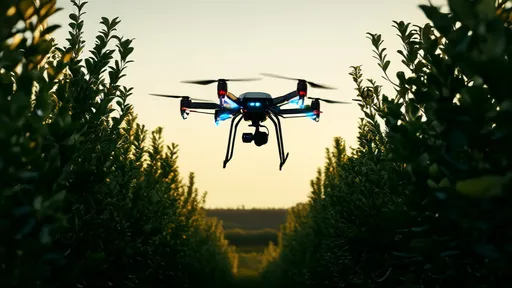
By /Jul 18, 2025
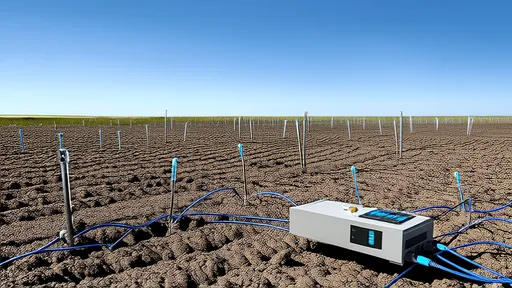
By /Jul 18, 2025

By /Jul 18, 2025
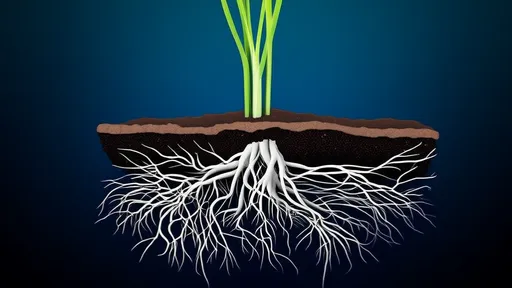
By /Jul 18, 2025

By /Jul 18, 2025

By /Jul 18, 2025

By /Jul 18, 2025

By /Jul 18, 2025

By /Jul 18, 2025
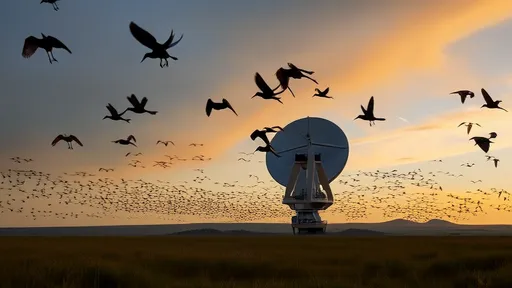
By /Jul 18, 2025

By /Jul 18, 2025
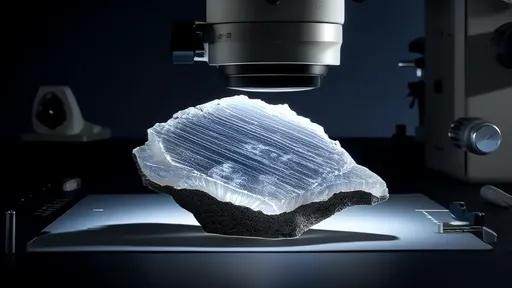
By /Jul 18, 2025
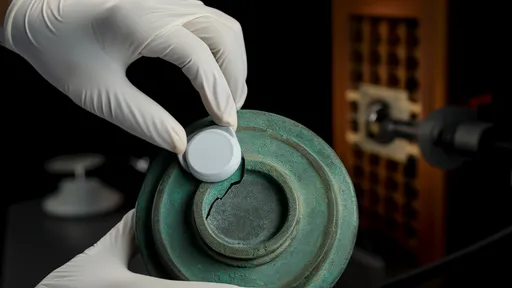
By /Jul 18, 2025

By /Jul 18, 2025

By /Jul 18, 2025

By /Jul 18, 2025
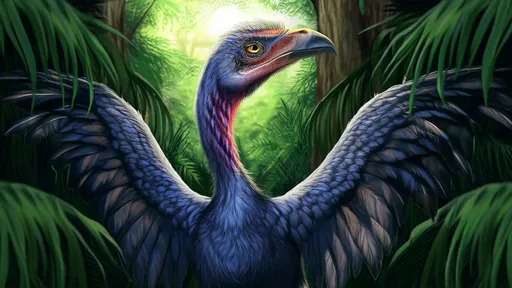
By /Jul 18, 2025
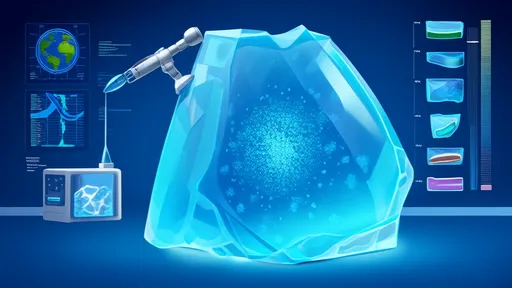
By /Jul 18, 2025